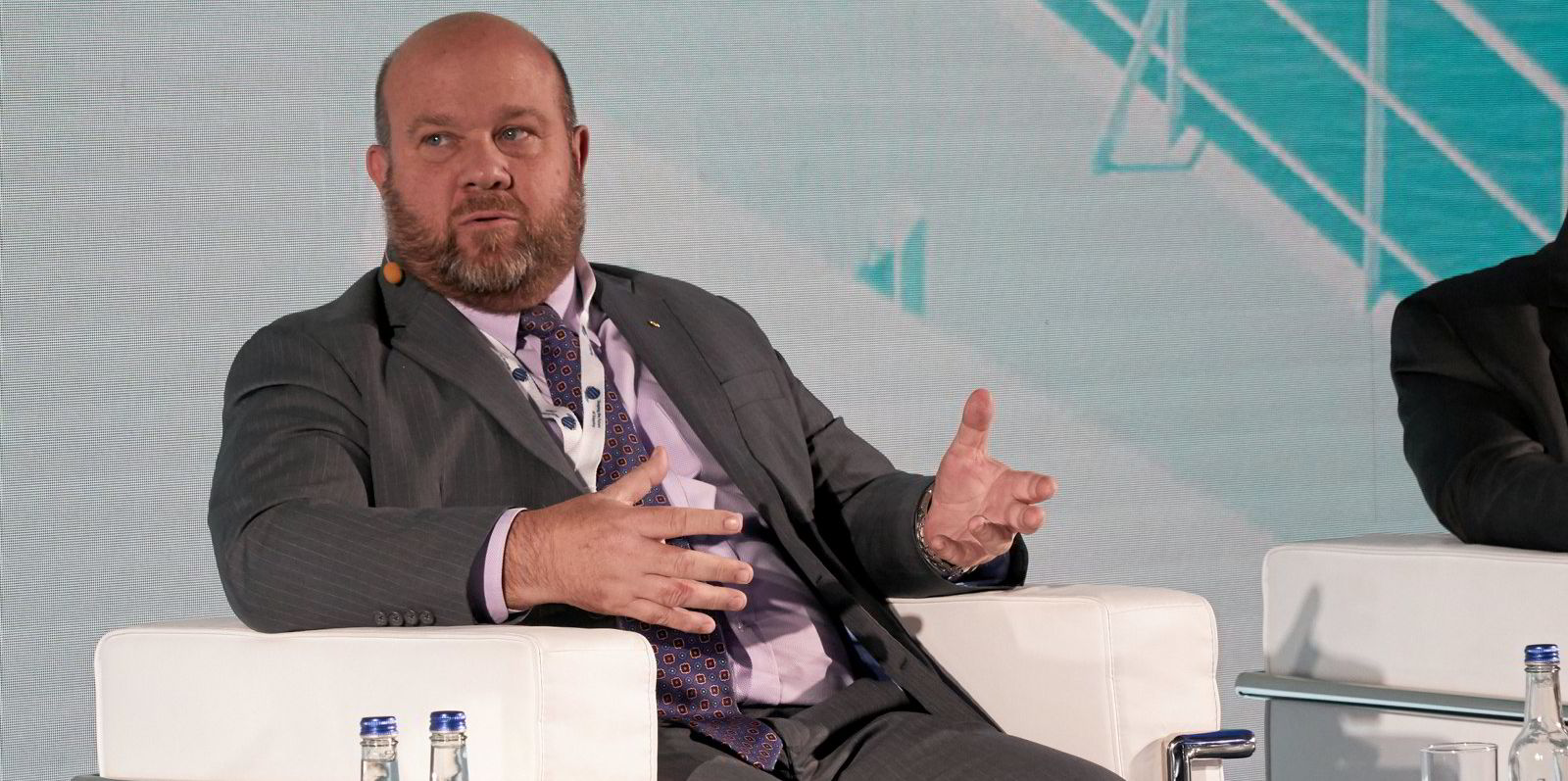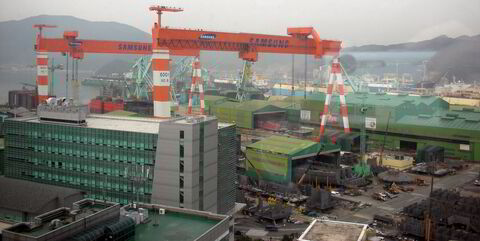A key voice for the US retail industry raised concerns in Washington that the Red Sea crisis could impact negotiations for annual container freight contracts.
Jonathan Gold, vice president of supply chain and customs policy at the National Retail Federation, said the disruption from Houthi attacks on the Suez Canal route comes amid delays in Panama.
“Our members are seeing increased time of an additional 10 to 14 days or longer to the supply chains to compensate for longer vessel sailing times around the Cape of Good Hope,” he said during testimony before the US House of Representatives Subcommittee on Coast Guard and Maritime Transportation.
“Our members are also seeing an increase in shipping costs. There’s been a significant increase in freight rates on the spot market. While not as high as during the pandemic, there are concerns about what this means for future contract rates.”
As he rattled off problems facing importers amid the disruptions, Gold said more challenges will come as long as the Red Sea crisis continues, and he urged the federal government to act now.
While spot freight rates get much of the attention in the container sector, a major share of US containerised imports are brought in under term contracts that are negotiated once per year.
“We’re now entering the new cycle for new ocean contract negotiations,” Gold said.
“Retailers are concerned about what the impact of long-term disruptions will have on this next contract. We do not want to see rates similar to the pandemic, which could impact inflation.”
As retailers used the hearing, entitled Menace on the Red Sea, to focus on the risk of higher contract prices and disruption, a witness from MSC Group pointed out some differences to the supply chain crisis that lifted freight rates during the Covid-19 pandemic. The Swiss company is the parent of MSC Mediterranean Shipping Company, the world’s largest container carrier.
Bud Darr, the company’s executive vice president for maritime policy and government affairs, said that there is more shoreside capacity amid the current crisis. Terminals are operating at about 60% of capacity, compared to 115% to 120% during the pandemic.
“So that surge capacity to absorb this is available at the moment,” he told lawmakers.
“But we shouldn’t take that for granted, and there will be some times because of the modification of the services where we will get large volumes arriving at once and those need to be dealt with.”

Darr said that while responding to the Red Sea crisis has additional costs, liner operators are keeping trade flowing.
“The scale of this disruption comes at a better time when there is additional capacity both at sea and ashore,” he said.
“And second, the scale of the cost excursions, the underlying expenses to us to operate that have to find their way into the market, is to this point nowhere near what it was during the pandemic.”
Asked what would happen if the Houthi attacks on shipping continue, Darr said it could lead to further adaptation of networks, which could mean using different transshipment hubs or continuing to avoid the Suez Canal.
He said the “shooting has to stop” before it is safe to send seafarers in the region, and he suggested military response may not be the answer.
“What’s happening today with the kinetic responses to the activity there, that’s treating a symptom. And I think that ultimately, to keep sea lanes peaceful and open requires a strong element of diplomacy that maybe we shouldn’t expect to shoulder on behalf of the United States Navy or other navies,” Darr said.





